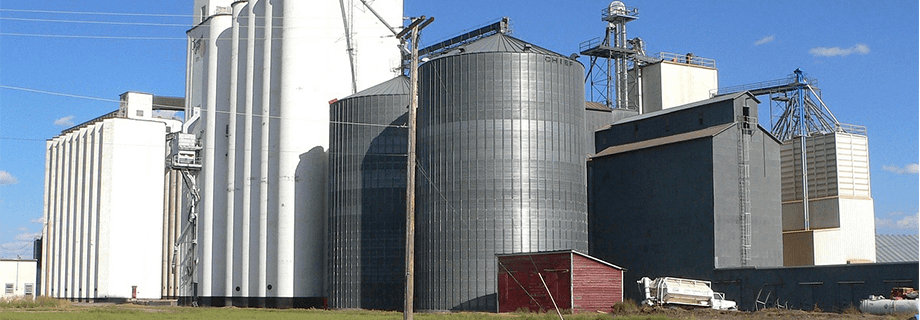Capacity Planning

There’s an old saying that goes: “failing to plan is planning to fail”. This is as true in life as it is in a production facility. A question oftentimes raised is how much capacity to plan for when building a new facility. Maybe you’re expanding an old one? Either way, consideration needs to be given to the market demand and available resources.
Assess Your Need:
One of the things we see time and time again is a customer that wants to do too much in one facility. Oftentimes the request involves processing three or four different ingredients with the same extruder. With extrusion, it is possible, but is it practical? The more products there are, the more complex the process becomes. This often leads to an expensive and non-user-friendly layout that creates headaches and inefficiencies. The point is this: don’t try to be everything to everyone. Know your customer and market and be the best you can be at that.
Once that is established, now you have to decide on capacity. Another thing we see is someone wanting a very high capacity plant from the start. Sometimes the market justifies this, but in a new area, a conservative approach is usually best. Rather than starting at an elevated level, perhaps beginning with a lower capacity and expand to a two-shift operation to increase capacity. This saves capital since you do not have to buy more equipment to begin production and also lessens the risk if production forecasts are incorrect. Once the need is established, it is time to look into equipment.
$ Now Versus $ Later:
A conservative approach is safe, but one must still consider growth and expansion for their company. This idea also ties into assessing your need and doing the correct market research.
You should always plan for expansion, otherwise the business can only grow so much before being physically limited. As an example, if you only plan your facility for 2 TPH and your market demands 4 TPH, you’ve missed out on a huge opportunity. Even worst is having to turn away business. We have heard countless stories of people starting out with smaller capacities only to realize they need to grow, but cannot due to space constraints.
Initial capital expense is a major hurdle for most customers. The higher price tag of higher capacity equipment is hard for many to justify. It is important to note that equipment pricing is usually not proportional to capacity. As an example, a 4 TPH hammer mill is likely not twice as expensive as a 2 TPH hammer mill.
If you know that you will expand in a certain time frame, it is worth spending the money now versus later. It always costs more to do something a second time, if not from a capital standpoint then from a time standpoint due to work-arounds and trying to schedule time for installations.
Best Practices:
When it comes to extrusion, capacity is only one of many things to consider. There are the upstream and downstream pieces of equipment, logistics, storage, personnel and much, much more. Be sure to work with experienced companies when planning as this will lessen the headaches you face. If you can learn from someone else’s mistakes, why wouldn’t you? The more information you can gather, the better decisions you will be able to make for you and your company.

